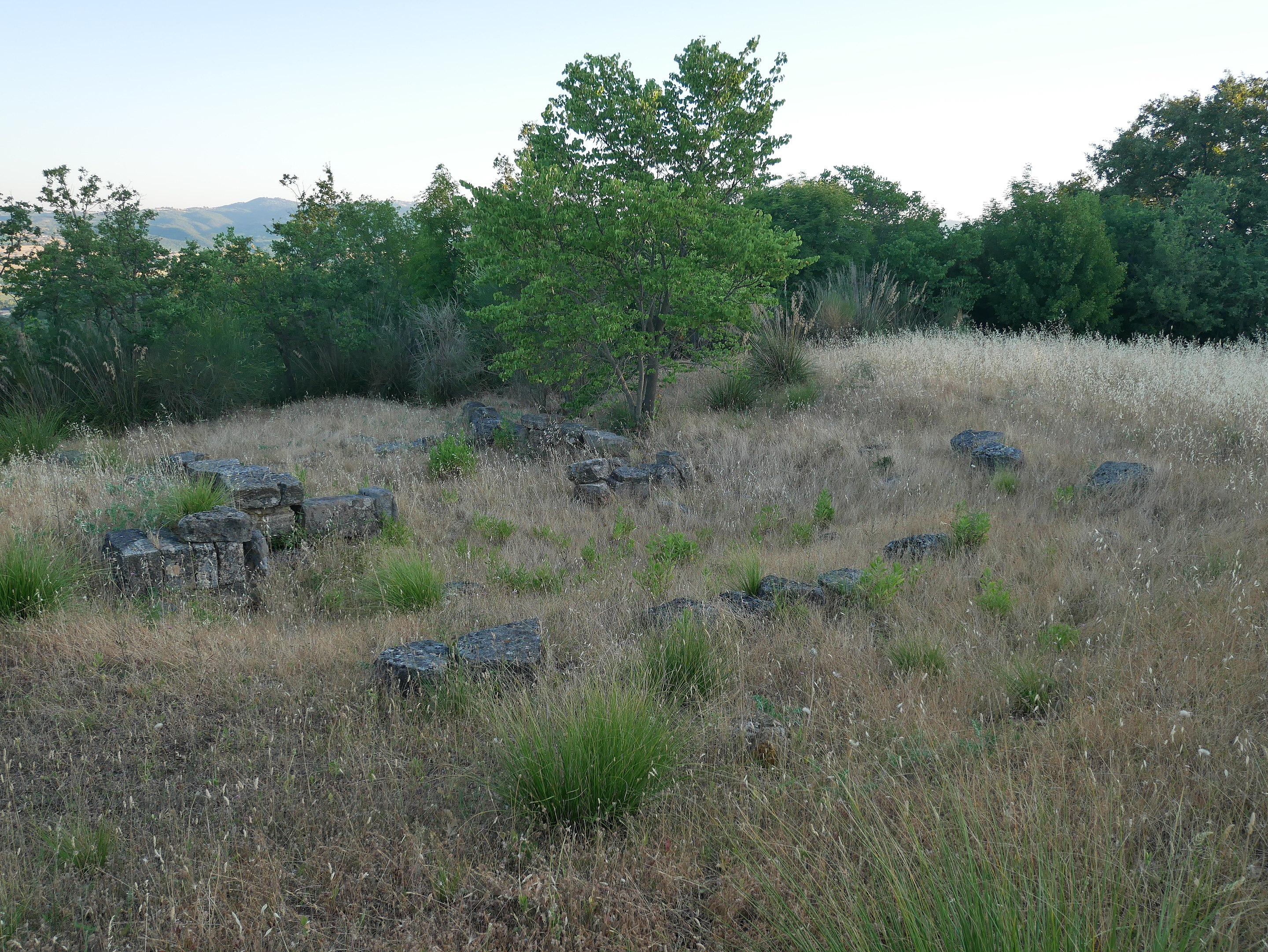Located near Scansano (GR), in the Albegna river valley, it was probably founded in the 4th century BC, following the dangers involving all the coastal Etruscan cities.
The Roman army destroyed the city in 280 BC, so it had a limited existence in time.
It is one of the three Etruscan cities that did not undergo any alterations in Roman times, together with the settlement of Lago dell’Accesa and Sesto Fiorentino (which was part of the lucumonia of Fiesole).
Like all Etruscan cities, it has walls built with a pebble base and raised in raw bricks (about 1 km long, 4m thick on average and which probably reached 8 meters in height) and with three Ritual Access Doors (a fourth door was opened by mistake during the excavations). Like many other Etruscan cities (including Roselle) it spread over two nearby hills in which the acropolis was in one, the metallurgical area in the other, while the Forum was in the valley between the two hills.
Ghiaccioforte’s choice was to build the town right on the hills above the course of the Albegna river.
In the city there was probably a temple, equipped with a votive deposit in which interesting objects were found such as statuettes of warriors or animals (now exhibited in the Scansano museum).
In the inhabited area, rooms with different functions can be recognized: oven (made through the reuse of an oil medium), tanks, pantries (inside which there were doliums, amphorae, ollas and table vases such as bowls, cups, jugs). No metal objects were found, but some in gray bucchero.



